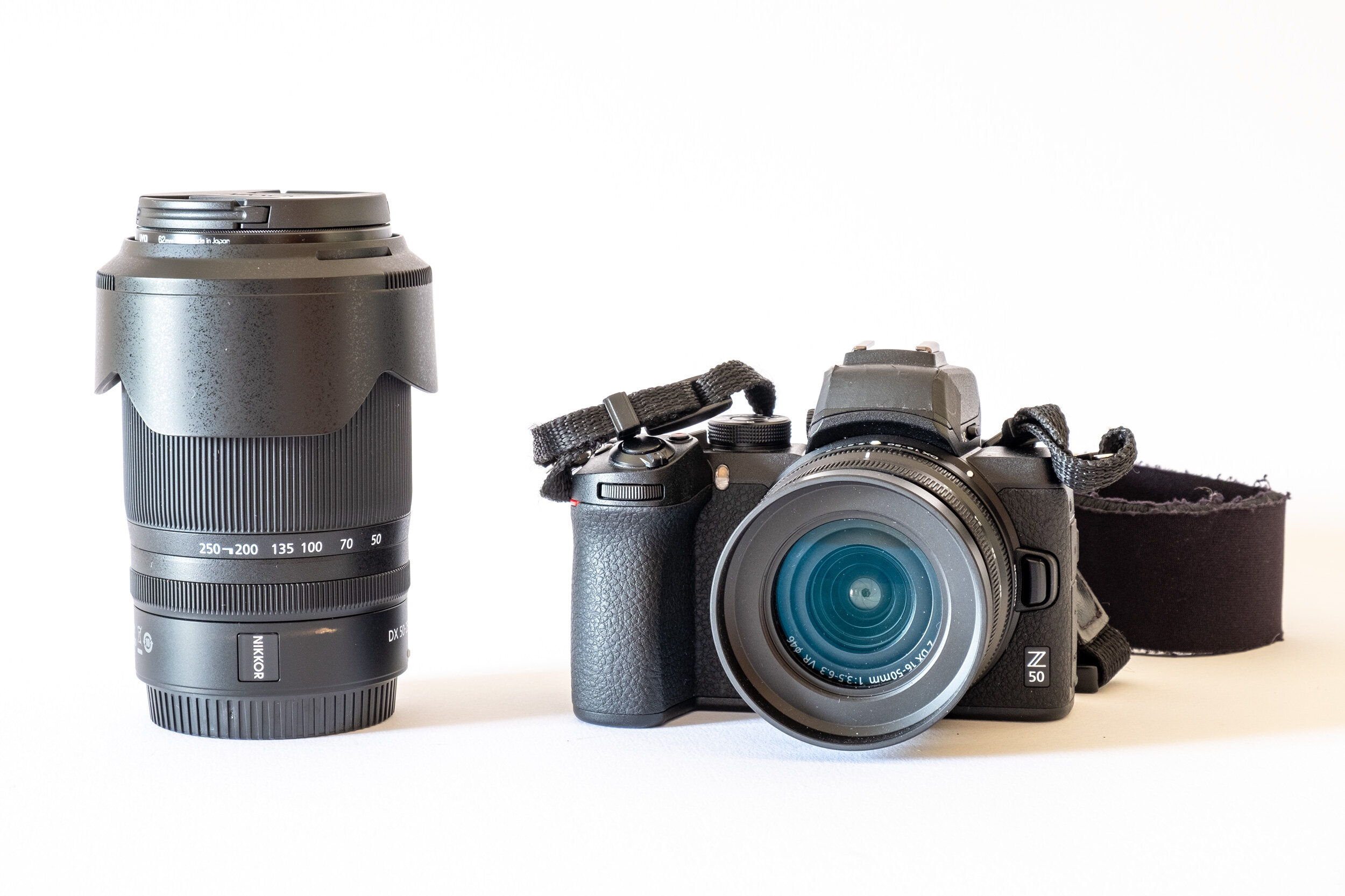Vallerret are a young Norwegian company trying to conquer a niche market. Their core product is an insulated glove with up to two fingertips that can be slipped back to allow fingertips to more easily operate camera controls. There are two gloves and one mitt in the range along with some inners. Refreshingly they offer a women’s specific glove but sadly not alternatives to every model. In every case the hinged fingertip can be secured out of the way by use of sewn in magnets. Having found the perfect glove setup as described here, it was with much interest that I decided to investigate these specialist gloves from Vallerret. I’m fussy if not obsessive about gloves and as the years go by this seems to be increasing. Increasing partly because I see no justification for accepting anything less than the best I can manage and increasing because I seem to feel the cold more and more. I’m also fussy about the fit of gloves and so waited until The Photography Show, last April, so as to be able to try them out under a number of permutations with various liners. The model I was interested in was the iPsoot, their premium glove. This is their top of the range glove, designed for deep winter. It uses a combination of Merino wool as a lining and Thinsulate as the primary insulation. Thinsulate has been a round for a considerable length of time but has been very low profile for many years as advances and advertising have driven a search for more down like synthetics. The glove is advertised as being suitable for the addition of a liner glove but oddly the sizing guidelines suggest that no size adjustment is needed to accommodate such a liner. I was a little nervous from the outset as the advertising equated ‘deep winter conditions’ with deep powder snow and we know that for those of us who are UK based, deep winter usually means low temperatures but accompanied by wind and wet. Two very different scenarios and a thoughtful purchaser should note that these gloves are not sold as waterproof, it isn't even hinted at. If the buyer is considering using these in the mountains the presence of magnets should also be noted. They hold the fingertips back nicely but also wreak havoc with compasses. The first note of caution is in the sizing as thought has to be given to the balance between length and breadth. I preferred an XL for the relaxed fit and space for a decent liner but in XL, the fingers were so long that when the tip was peeled back, my own finger didn't reach out of the end. Delivery was very swift as promised but a large stock shipment had just come in to the warehouse, I’ve noticed a regular set of ‘out of stock’ notes over the time I’ve been looking. First impressions at the show were very good. A high quality product, well made and thoughtfully designed.The stitching and assembly were neat and well finished. Unfortunately the show had been a great success for Vallerret and they had run out of stock in many sizes. Having tried on demo models, I had to pay and wait for delivery.My own hand measurements are Length 19cm Girth 21.5, they equates to a size Large as detailed above. I struggled to get a good fit as the XL size was better around the palm but the fingers were so long that my finger didn't even reach the peel back flap.In use there are issues with which to contend. As mentioned above the gloves are not waterproof in any useful way. Few gloves are, even among those that claim to be, these don't make any such claim. This is not a failing of the glove of course, it simply means the information needs to be read carefully before purchase and our typical winters taken into account along with a realistic set of expectations. I don't knock any points off for waterproofing as the description is accurate and honest. We therefore have a product that has had substantial design work done, high quality materials and as far as I can see very good workmanship. They look superb. However the biggest issue that I have with the gloves is the substantial lack of dexterity that results from their thickness and lack of flexibility. This came as a bit or a surprise having tried them on at the show and the only reasonable explanation that I can come up with is that the gloves were warm. In normal cold outdoor use I found them to be unusable for my purposes, destroying any real dexterity when trying to handle camera, lenses, filters or other smaller items. Although very personal, I also didn't find them nearly warm enough for the advertised deep winter conditions. As a comparison, the Rab baltoro Glove is much, much more flexible for a similar if not better warmth and allows small items to be handed precisely and confidently. Finally and of course it is a highly personal perception, I didn't' find them nearly warm enough for use when there was snow lying on the ground. Adding a liner increased warmth but reduced dexterity still further. I liked these gloves as a piece of thinking and design but could see no reason to keep them and they have now moved off to the well known auction site. I'm much, much happier with my existing MacWet/Montane combination and so far have found nothing that improves upon it. I do see that Vallerret now offer a zipped mitt with a primaloft lining which will probably tempt me to investigate a little more closely. I am also mulling over the Heat Company's Heat 3 Smart Mitt which may also offer an interesting alternative.























